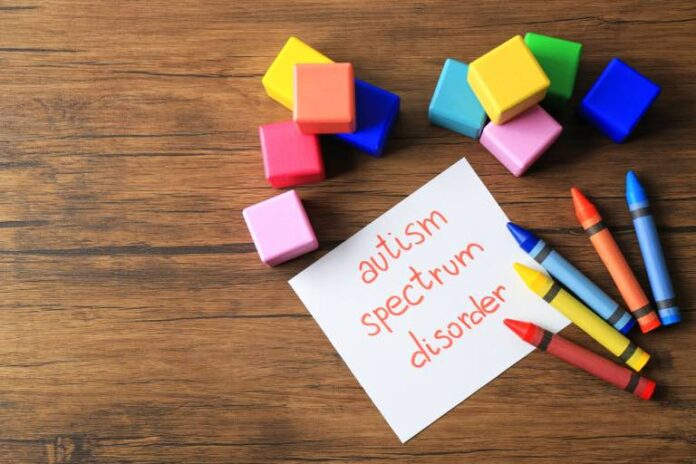Specialized education is a tailored approach designed to enhance the learning experiences of those with autism spectrum disorders (ASD), a population that has diverse and unique educational needs. As the field of education continues to evolve, programs like a Masters in Autism at Youngstown State University provide educators with the skills necessary to design and implement effective learning strategies expressly for ASD learners.
These graduate programs delve into advanced interventions, teaching methodologies, and research-based best practices, preparing educators to impact the lives of students with autism significantly. Such preparation is not a mere enhancement but a critical component of modern, unique education curricula.
The Role of Special Education in Supporting Autistic Learners
For many students on the spectrum, learning can present a unique set of challenges. Special education aims to mitigate these difficulties by crafting environments that cater to the individual needs of each student. The objective is to enable these learners to reach their full academic and social potential. Tailored instruction emphasizing life skills, such as self-care and community interaction, alongside academic pursuits, can pave the way for a holistic education beyond the classroom walls.
Effective special education revolves around the formulation of Individualized Education Programs (IEPs), which are strategic plans developed by educators, parents, and specialists to ensure that students receive education that aligns with their personal needs and strengths. These programs often include multi-sensory learning, adapted materials, and individualized attention, contributing to better learning outcomes and fostering self-assurance among autistic learners.
Current Trends in Autism Education
In recent years, the trajectory of autism education has been influenced by a rising awareness of neurodiversity and a strong push towards inclusivity. This has led to various inventive trends within the educational sphere, such as integrating social stories, augmented and alternative communication (AAC), and implementing peer-mediated learning. These methods increase traditional practices and encourage the development of communicative and cognitive abilities in a supportive and reinforcing environment.
One exciting trend revolves around the gamification of learning, where game design elements are applied in non-gaming contexts, such as education. This approach has shown to be particularly effective for engaging students with ASD, appealing to their intrinsic motivations, and leveraging the potential for social learning through collaboration with peers in a structured yet enjoyable setting.
Understanding Autism Spectrum Disorder
Autism Spectrum Disorder is a complex, multi-faceted condition characterized by a range of symptoms that can affect social interaction, communication, interests, and behavior. It’s known as a spectrum condition because while all autistic people share specific difficulties, the condition affects them in different ways. Early diagnosis and intervention are crucial to helping individuals navigate the challenges they may face and capitalize on their strengths.
Misunderstandings about autism can lead to stigmatization and barriers to education and personal growth. Dispelling these myths through education and open dialogue is pivotal. The most recent statistics from the CDC show that the prevalence of autism in the United States continues to rise, which emphasizes the urgency for well-informed and well-prepared educators and support systems.
Collaborative Strategies for Parents and Educators
Autism education thrives on collaboration. Parents and educators must work hand-in-hand, sharing insights and strategies to ensure the consistency of the child’s learning experience. This synergy helps craft a unified approach that supports the child at school and home.
This can be achieved through regular communication, transparent goal-setting, and the involvement of parents in the educational process. When parents are actively engaged, they are better equipped to reinforce skills and behaviors learned at school, facilitating generalization and application in varied environments.
Furthermore, parental involvement in educational planning, such as IEP meetings, allows for shared decision-making and ensures the child’s education is tailored to their unique developmental trajectory. With collective contributions from parents and educators, students are afforded the best opportunity to develop competencies supporting their success in and out of the schooling environment.
Assistive Technologies and Tools
Assistive technology has brought forth a new era in special education, particularly for autism. These tools offer alternative means of communication for non-verbal children or those with language delays and serve as organizational aids for individuals who require support with structure and routine. Devices such as tablets and communication apps can reduce barriers to learning, allowing students to express their understanding and knowledge in previously inaccessible ways.
Assistive technology supports communication and plays a significant role in enhancing social skills. For instance, video modeling—a technique where children learn by watching videos of desired behaviors—has proven to be an effective way to teach social norms and skills. As technology evolves, so too does its application in creating inclusive, adaptable, and engaging learning experiences for individuals on the autism spectrum.
Educational Approaches and Autism
An array of educational strategies is explicitly designed to teach students with ASD. Among these, some are more widely used and researched than others, like ABA, which emphasizes behavior reinforcement and is renowned for its ability to improve functional behaviors and skills. Similarly, the TEACCH program offers structured teaching that promotes independence and relies on visual cues, a joint strength among individuals with autism.
Each educational model offers distinctive benefits and challenges, and the choice between them often depends on the individual child’s needs and the educational institution’s resources. Educators must also consider the cultural context and the adaptability of methods to ensure they are applied effectively, respecting each learner’s individuality and fostering an environment where every student can prosper.
